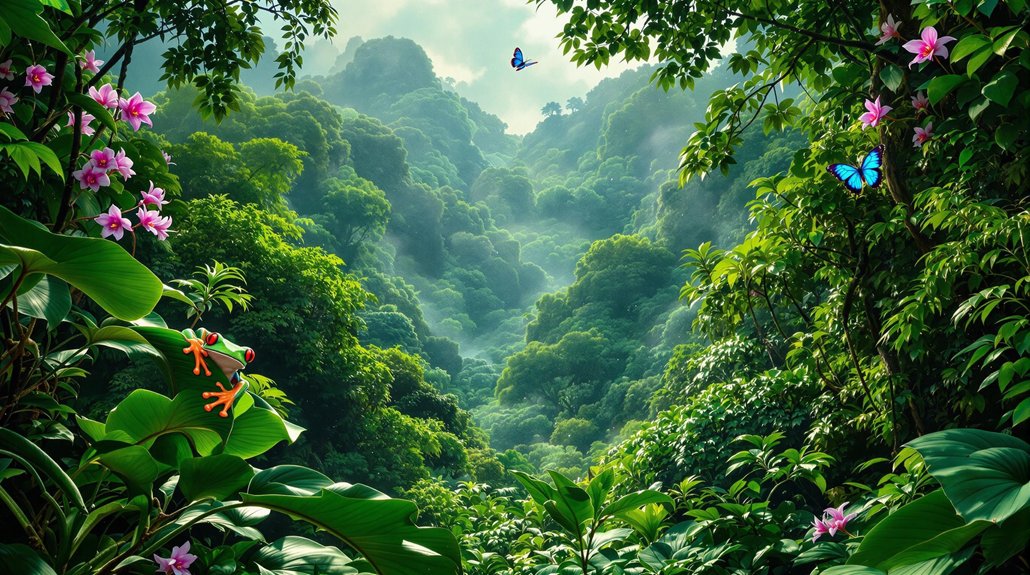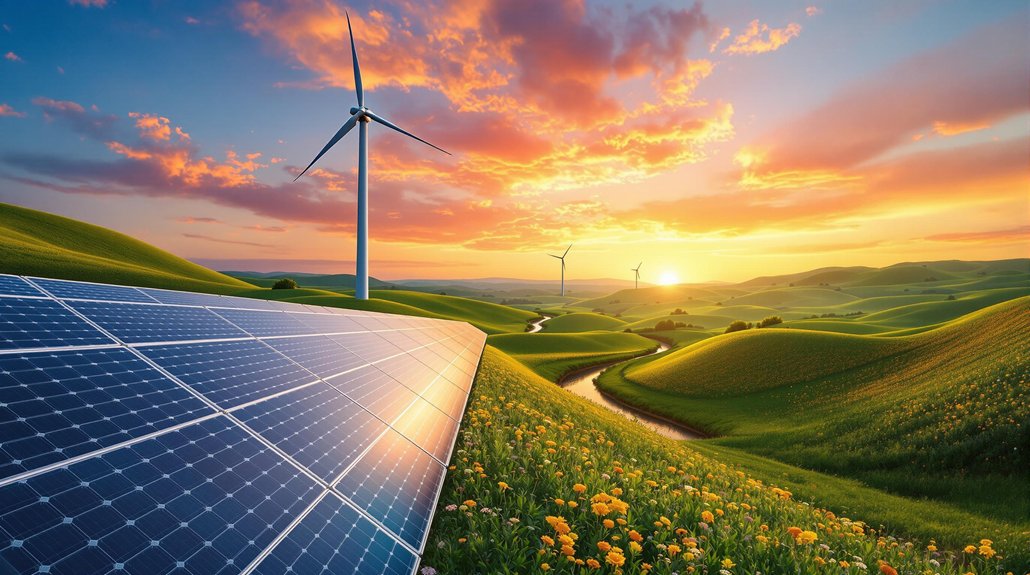Biodiversity loss is accelerating at an alarming rate, and humans are the problem. Protected areas and wildlife corridors offer critical lifelines for endangered species, while community-based conservation delivers real results. Smart regulations on fishing and forestry help, despite industry pushback. Sustainable agriculture and pollution reduction are no-brainers. Time’s running out – extinction is forever. The solutions exist, but implementation requires everyone’s immediate commitment. There’s more to this environmental puzzle than meets the eye.

As the world hurtles toward environmental catastrophe, preserving biodiversity has become more than just a noble goal – it’s a survival imperative. The stark reality is that we’re losing species faster than scientists can name them, and yes, that’s as bad as it sounds. Protected areas and wildlife corridors aren’t just fancy terms conservationists throw around at cocktail parties – they’re literal lifelines for countless species teetering on the edge of extinction. Community-based conservation initiatives have shown that allowing local people to benefit from protected areas leads to more successful preservation outcomes.
Let’s be brutally honest: our track record with resource management has been less than stellar. But there’s hope in sustainable fishing and forestry practices, even if implementing them feels like pulling teeth sometimes. Smart quotas and regulations are making a difference, though some folks act like being told not to overfish is a personal attack on their autonomy. The practice of carbon sinks through reforestation has proven to be one of our most effective weapons against climate change.
Smart regulations aren’t just red tape – they’re saving our oceans and forests from our own shortsighted exploitation.
Meanwhile, climate change keeps crashing the party like an uninvited guest who won’t take the hint to leave. Speaking of unwelcome visitors, pollution continues to wreak havoc on ecosystems worldwide. Industrial emissions and waste aren’t just ugly – they’re killing everything from microscopic plankton to massive whales. Preserving species through in-situ conservation methods has proven to be the most cost-effective approach to protecting multiple organisms simultaneously.
And don’t even get started on single-use plastics. They’re everywhere, like that one relative who shows up at every family gathering, whether you want them there or not. The fight against poaching and illegal wildlife trade remains vital, though sometimes it feels like playing whack-a-mole with criminals who think endangered species are their personal ATMs.
Captive breeding programs are helping, but they’re band-aids on bullet wounds without proper habitat protection. The good news? Sustainable agriculture is gaining traction, with agroecological farming practices proving that you don’t need to poison the earth to feed people.
And education initiatives are opening eyes to biodiversity’s importance, though some still need convincing that their morning coffee depends on those “annoying” bees they keep complaining about. The solutions exist – from climate-smart agriculture to renewable energy adoption. We just need to implement them faster than we’re destroying what’s left of our natural world.
Time isn’t exactly on our side, but neither is extinction an option.








